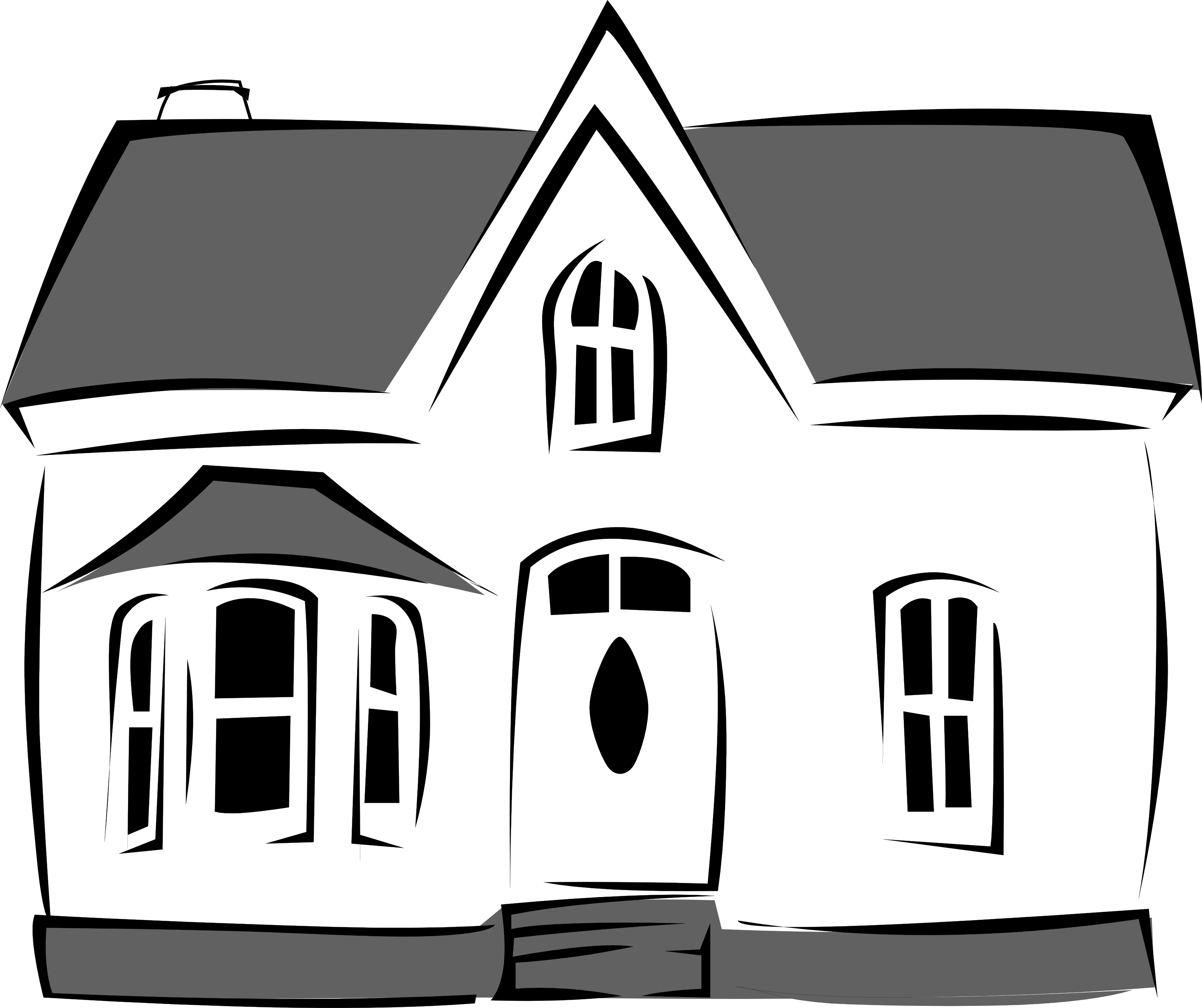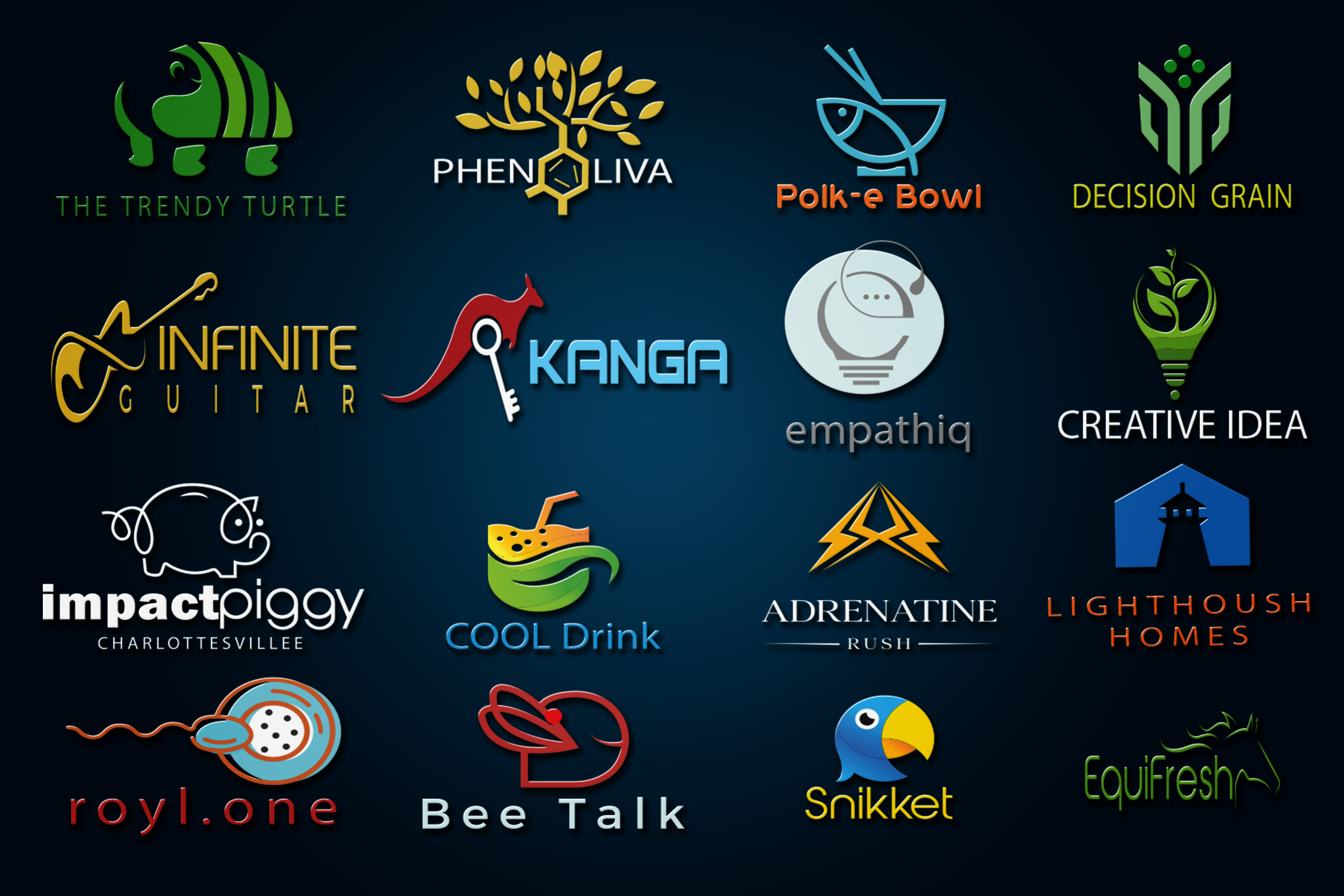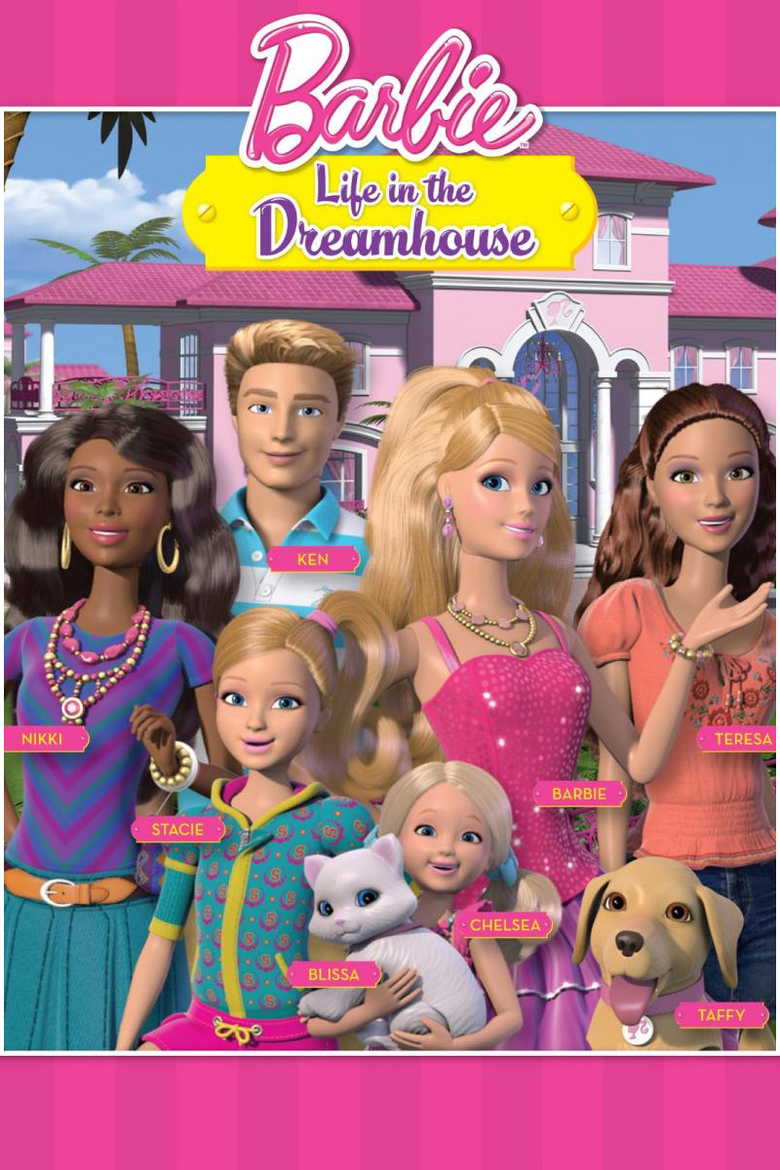Table Of Content

Different terminology employed may have varying degrees of overlap, which affects what steps get stated explicitly or deemed "high level" versus subordinate in any given model. This, of course, applies as much to any particular example steps/sequences given here. By step four, your students know the basics of what the solution will be but have yet to work out the details. In this step, it is time to refine and improve the solution and break down the path to solving the problem into smaller steps. When you iterate or improve on a design, you will revisit this step each time you do.
Educational Knowledgebase
The Engineering Design Process consists of several different steps, depending on the engineering team in charge of the project. In essence, engineering design is an iterative process, meaning the steps should be repeated as many times as needed until the problem has been solved. Introduction Engineering design is the process of creating solutions to problems through the application of scientific, mathematical, and engineering principles. Engineering design is a critical aspect of any successful project, whether it be a product, system, or infrastructure.
Testing and Data Collection
The engineering design process is a series of steps that engineers use to create solutions to problems. The engineering design process is iterative, meaning that engineers often repeat some or all of the steps several times to refine their solution. It is a critical component of the field of engineering, as it allows engineers to solve complex problems and create new products and technologies. Effective use of the engineering design process requires a strong understanding of engineering principles, scientific methods, and mathematical analysis. ConclusionEngineering design is a critical aspect of any successful project.

What is typically the final step in the engineering design process?
If your project involves making observations and doing experiments, you should probably follow the Scientific Method. If your project involves designing, building, and testing something, you should probably follow the Engineering Design Process. If you still are not sure which process to follow, you should read Comparing the Engineering Design Process and the Scientific Method. After brainstorming, the team explores various alternative solutions fulfilling product requirements. Afterward, engineers start work on the detailed design of the finalized solution. The seven steps of the engineering and design process are meant to make projects easy to manage successfully.
NASA eClips™ Highlights NASA Spotlite Design Challenge at 2022 ITEEA Conference - Science@NASA
NASA eClips™ Highlights NASA Spotlite Design Challenge at 2022 ITEEA Conference.
Posted: Mon, 18 Apr 2022 07:00:00 GMT [source]
Students design and build a mechanical arm that lifts and moves an empty 12-ounce soda can using hydraulics for power. Small design teams (1-2 students each) design and build a single axis for use in the completed mechanical arm. Students further their understanding of the engineering design process while combining mechanical engineering and bioengineering to create an automated medical device.
Use your notes to investigate the areas where the prototype under-performed and consider ways to improve these specific issues. Once you have all the information to hand, brainstorm a list of possible solutions. The process provides a clear roadmap, facilitating better project planning, resource allocation, and timeline estimations. It helps in setting concrete milestones and deliverables for project management, leading to efficient execution.
Improve Product Design
Upon completing the course, your electronic Certificate will be added to your Accomplishments page - from there, you can print your Certificate or add it to your LinkedIn profile. If you only want to read and view the course content, you can audit the course for free. Sign up for product updates, exclusive offers, and teacher resources. For the school lunch example, a hook that could attach to the bottom of a desk was determined to be the solution. But other questions still had to be answered in this step, like how much weight it will need to hold, how big it will be, and what material it should be made out of.
Step 5: Prototype
This process differs slightly from the scientific method since it involves designing, building, and testing a solution for a specific problem rather than conducting experiments and making observations. Below are the seven steps of the engineering design process from STEM education experts and Sphero Heroes Todd Doerpinghaus and Eric Mendes. The first three steps of the engineering and design process are mostly theoretical. Creating a product prototype is a practical way of testing and validating these theories. It’s a good way to find out if your design building and solution meet your requirements.
Products and services
Using books, websites and photos, students learn about the different types of roofs found on various houses in different environments throughout the world.... By understanding each stage in detail and utilising the resources and tools available, you can rise to the challenges of modern engineering. Mastering the engineering design process is not an overnight endeavour, but a commitment to continuous learning and adaptation.
Also, as a final step, students get to share their learning and their design. Chances are that you will create a few of them while you perfect the design. Step seven is not so much a step as it is backtracking to the planning phase and determining what should be changed in your design, building a new prototype, and testing again. This step allows students to see which ideas work and which need improvement, giving them a clearer perspective on the problem and everything that affects the final solution. By looking at existing solutions, you might come up with new ideas based on them and steer clear of mistakes made in the past. In the student lunch example, students came up with a list of ideas that would keep lunches out of the way and off the ground.
A unique feature they provide is a “stuff spinner,” where children can enter the materials they have available, and the tool will suggest a project tailored to their interests. This interactive approach enables kids to apply the engineering design process using everyday items, fostering their problem-solving skills and ingenuity. Step four in the engineering design process is typically devoted to brainstorming and the development of creative ideas. It’s important to remember that following the process step-by-step still allows for a tremendous amount of creativity, and that lateral thinking is every bit as crucial to good engineering as research is.

















